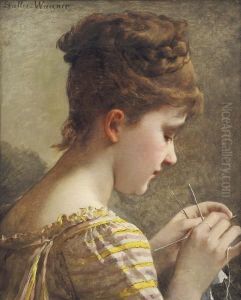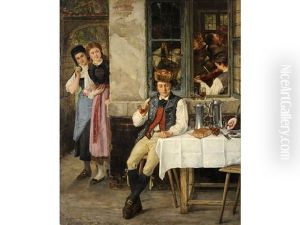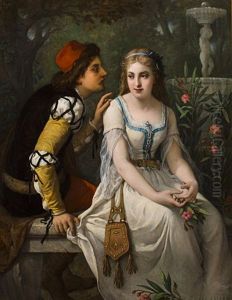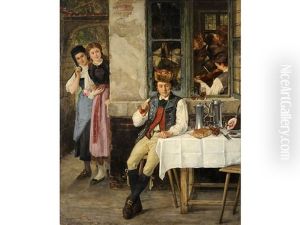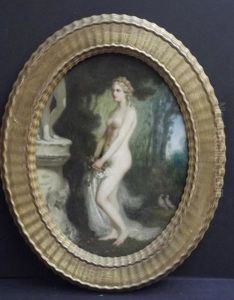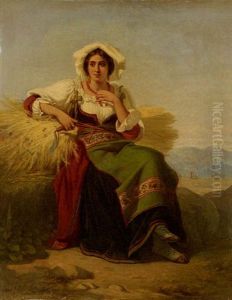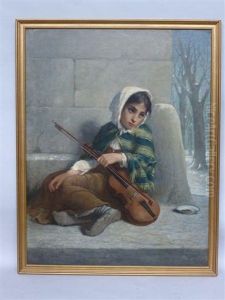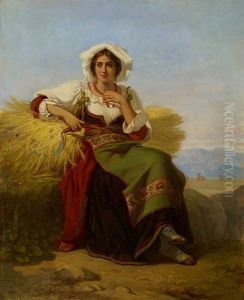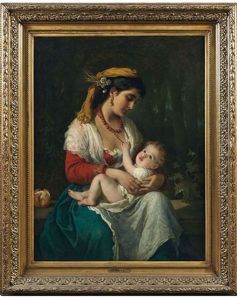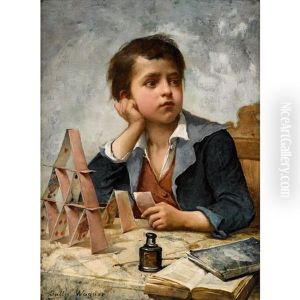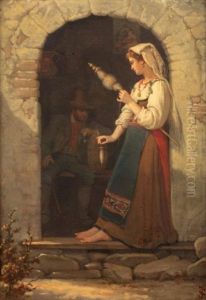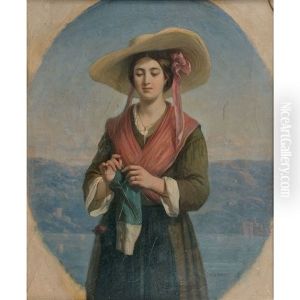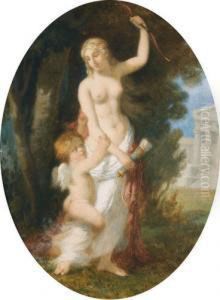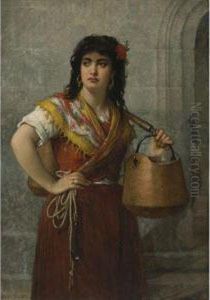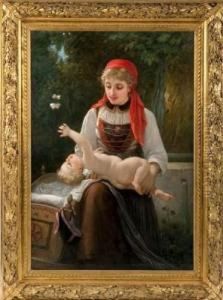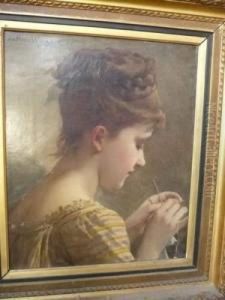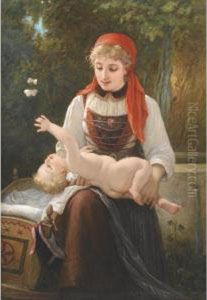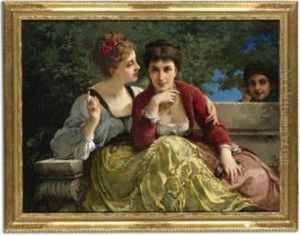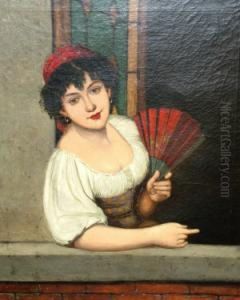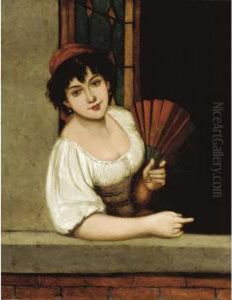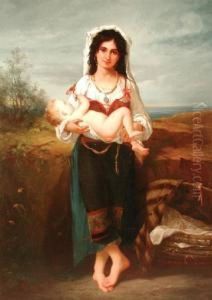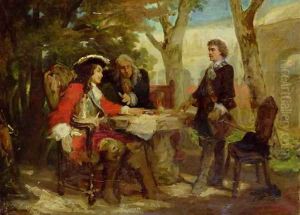Jules Salles-Wagner Paintings
Jules Salles-Wagner was a French painter born in the early 19th century, specifically in 1814, and he passed away at the close of the century in 1900. His life and career spanned a period of significant change in the art world, from the late Romantic period into the beginnings of modernism, though he is most closely associated with the academic and neoclassical styles that prevailed in the mid-19th century.
Salles-Wagner received his formal art education at the prestigious École des Beaux-Arts in Paris, where he was influenced by the teachings of prominent artists of the time. Notably, his stylistic development was marked by a commitment to the academic principles of clarity, order, and beauty, which were integral to the neoclassical movement. He excelled in portraiture and historical painting, genres that were highly regarded in academic circles.
Throughout his career, Jules Salles-Wagner participated in numerous exhibitions, including the esteemed Paris Salon, where he gained recognition and accolades for his work. His paintings often depicted scenes from history and mythology, imbued with a sense of drama and meticulously rendered detail. These works were celebrated for their technical skill and adherence to the aesthetic values of his time.
Despite his success, Salles-Wagner's work, like that of many of his contemporaries, eventually faced criticism from proponents of the emerging Impressionist movement, who favored spontaneity and the portrayal of modern life over the historical and mythological themes preferred by academic artists. Nonetheless, he maintained a respected position within the French art establishment throughout his lifetime.
Today, Jules Salles-Wagner is remembered for his contribution to 19th-century French art, particularly in the realms of portraiture and historical painting. His works are held in several museums and collections, where they continue to be studied and appreciated for their craftsmanship and historical value. While he may not be as widely recognized as some of his contemporaries, his artistry and dedication to the principles of academic art offer valuable insight into the era in which he lived and worked.
